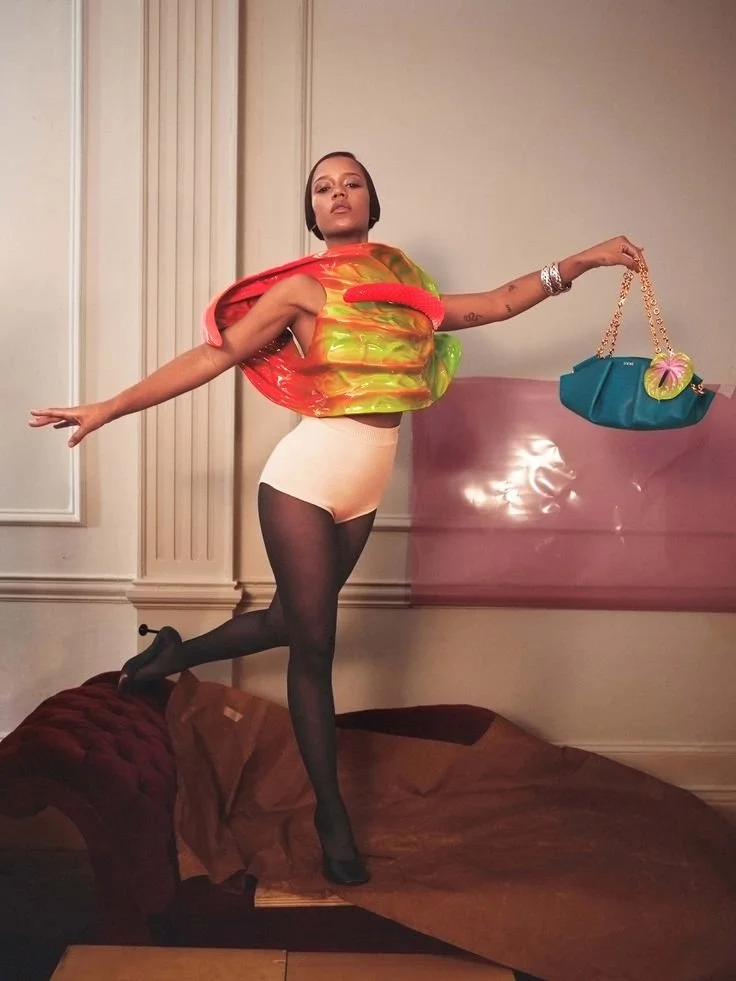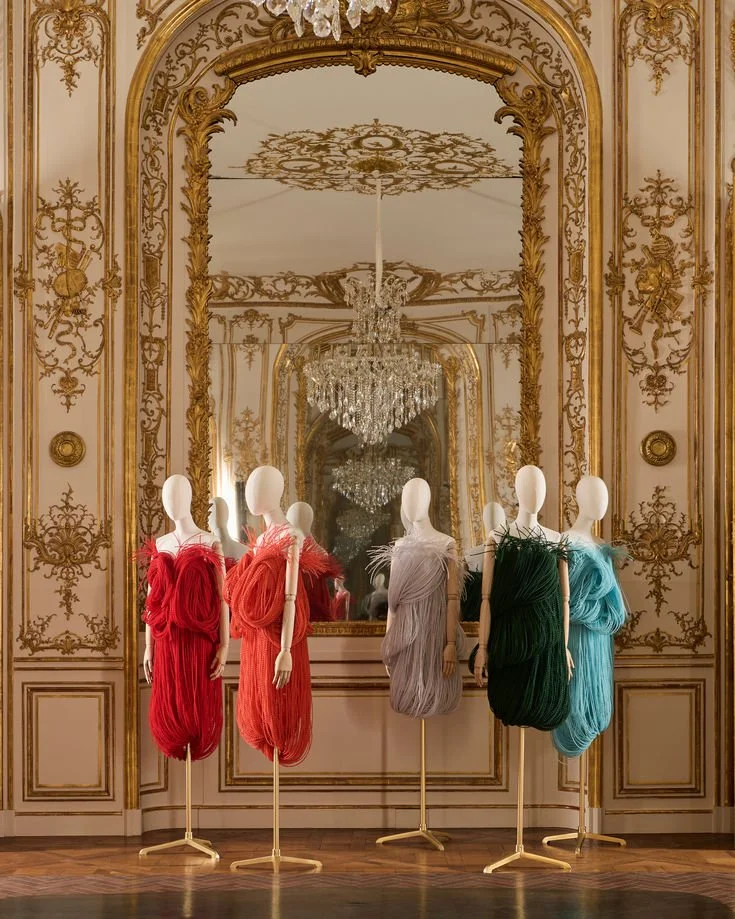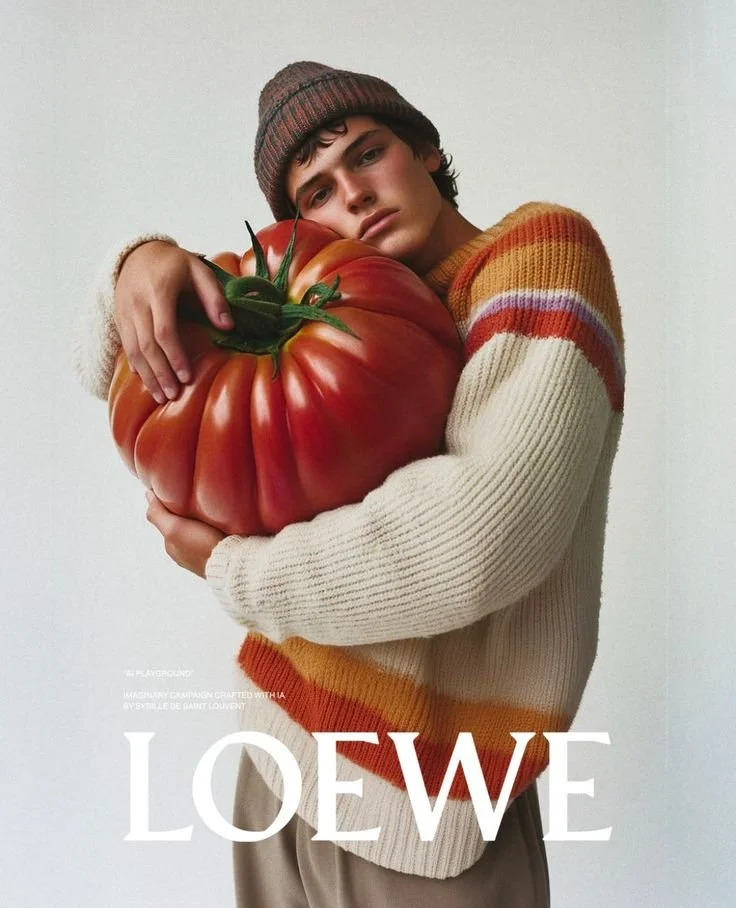Another One Bites the Dust: Jonathan Anderson Out at Loewe
Another One Bites the Dust: Jonathan Anderson Out at Loewe
After more than a decade of redefining what Loewe could mean to the fashion industry, Jonathan Anderson is stepping down as Creative Director. The announcement, while unexpected, isn’t entirely shocking in a fashion landscape where creative directors seem to be dropping like flies. Still, this isn’t just any departure—this is one of the most impactful designers of the last decade walking away from a house he fundamentally transformed.
I’ll try to keep this objective (keyword: try), but let’s be honest—I have far too many thoughts on the state of the industry right now, and I don’t intend to keep them to myself. That’s why, come April, we’re launching The Citizen’s Poste’s first members-only newsletter—a space for real conversations, sharp takes, and everything that doesn’t make it into the glossy edits. Expect deep dives into fashion’s shifting landscape, insider perspectives, and, of course, some of my own unfiltered thoughts on the industry (if you liked a taste in my recent Editor’s Note), the chaos behind the scenes, and what it all really means. Because where’s the fun in playing it safe? Subscribe to the magazine now for free access before the debut, and I’ll make sure you’re on the list.
But I digress. Back to the mess.
Anderson didn’t just bring Loewe into the modern era—he turned it into one of the most culturally relevant fashion brands of our time. His tenure wasn’t just about the clothes (though they were certainly a conversation) but about building a world, one where art, literature, and craftsmanship coexisted in a way that felt effortlessly cerebral. Loewe under Anderson was more than fashion—it was a philosophy, a way of seeing.
So, yes—this is a big deal.
And yet, I can’t ignore the broader pattern here. Creative directors are exiting houses at a dizzying rate, and it makes me wonder what’s going on behind the scenes at these parent companies that we’re not seeing. The churn is deeply concerning—not just for the designers themselves but for the future of fashion as an industry. Are we losing the space for long-term creative vision in favor of short-term profits? Is the very nature of luxury shifting under our feet? I’m not heartbroken over Anderson leaving Loewe specifically, but I’d be lying if I said I didn’t feel scattered about where the industry is heading as a whole.
Before Anderson: Loewe as a Legacy House
Founded in Madrid in 1846, Loewe built its name on exquisite leather craftsmanship long before “quiet luxury” became an overused phrase. It was a house defined by material and technique—its signature napa leather, the structured yet understated handbags, the artisanal approach that catered to a discerning clientele who valued construction over logos.
The ready-to-wear collections existed, but they weren’t what made Loewe Loewe. It was a house of objects, not silhouettes. It wasn’t vying for a seat at the same table as Dior or Chanel—it was speaking to a different kind of consumer entirely.
By the time LVMH acquired Loewe in 1996, the brand had prestige but lacked the global cultural relevance to match the conglomerate’s bigger players. Various creative directors attempted to modernize it—Narciso Rodriguez, José Enrique Oña Selfa, Stuart Vevers—but none managed to give Loewe a distinct, headline-making identity. It needed a visionary.
Enter Anderson.
The Anderson Era: Craft, Culture, and the Surreal
When Jonathan Anderson took over in 2013, he didn’t just modernize Loewe—he reinvented it. Gone were the muted, classic codes of Spanish luxury; in their place, a new language of distorted proportions, surrealist textures, and intellectual quirk.
It wasn’t about making Loewe the next Dior or Vuitton—it was about making it relevant in an entirely different way. Anderson positioned Loewe as a cultural entity rather than a fashion label alone. Under his direction, the brand became an artistic force, seen in museum-worthy campaign imagery, experimental films, and collaborations that blurred the line between craftsmanship and conceptual design. The accessories, particularly the Puzzle bag, became icons, and the ready-to-wear, while not universally beloved, established Loewe as a fashion-week must-watch.
But if one thing became clear over the years, it was that Anderson’s genius lay in storytelling, in shaping the brand’s universe rather than defining its silhouette. The Loewe campaigns—cinematic, painterly, often more evocative than the collections themselves—became cultural touchpoints. The brand’s presence in film and on the red carpet felt instinctively right, a natural evolution of its artistic ethos. Loewe became a house that made you feel something, whether or not you wanted to wear it.
And while his work at Loewe elevated the house to unprecedented cultural relevance, his namesake brand, JW Anderson, remained his true design playground. Founded in 2008, JW Anderson established him as a designer unafraid of contradiction—blurring the lines between masculine and feminine, subversion and tradition, seriousness and irony. His Loewe collections carried echoes of this ethos, but JW Anderson remained the space where his vision felt most at home.
What Happens Next?
Anderson’s exit leaves Loewe in a precarious position—not because the brand lacks identity, but because his presence was woven so deeply into its DNA. The next chapter will depend entirely on who takes the reins and whether LVMH chooses continuity or reinvention.
The most obvious route would be to appoint a commercially driven designer, much like the Hedi Slimane effect at Celine, to translate Anderson’s artistic foundation into a more traditionally sellable product. That could mean refining Loewe’s aesthetic rather than challenging it, reinforcing the brand’s place as a modern luxury staple rather than a cerebral experiment.
Another option? Keeping the house’s artistic integrity intact and retuning to the roots. Some might argue that Loewe, as a heritage label, was always best suited to an artistic design team rather than a singular, auteur-like vision. Could the next phase involve a shift toward a collective approach, where the creative vision is split—someone driving design, someone driving culture?
And then, of course, there’s the Anderson of it all. His departure from Loewe doesn’t just leave a vacancy—it frees up his creative bandwidth. Could this mean an expansion of JW Anderson? A deepened focus on his own brand, now unencumbered by a second title? Whatever happens, this won’t be the last we see of him shaking up the industry.
For now, fashion is bracing for yet another shift in direction. Anderson’s Loewe was an era defined by a singular creative mind, but it remains to be seen whether his successor will build on his vision or dismantle it entirely.
And as for my own thoughts on the greater creative direction avalanche happening in luxury fashion right now? Well, that’s a note for another time.





